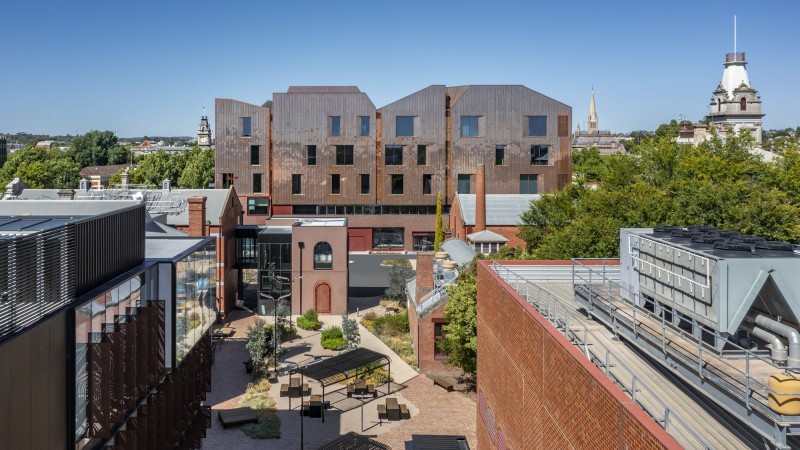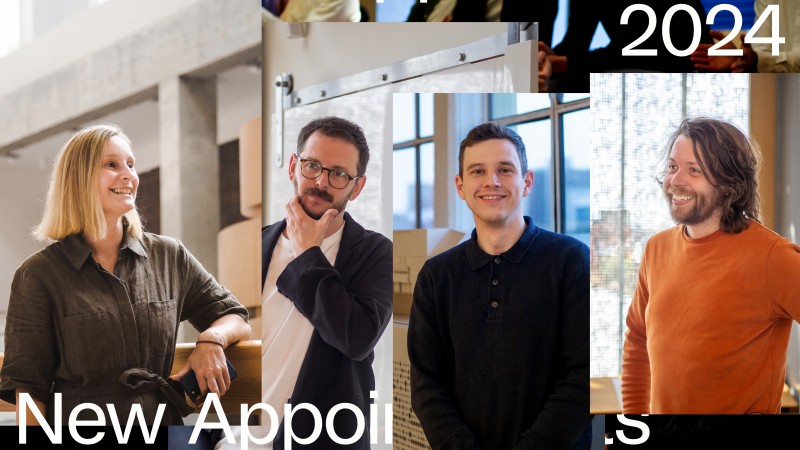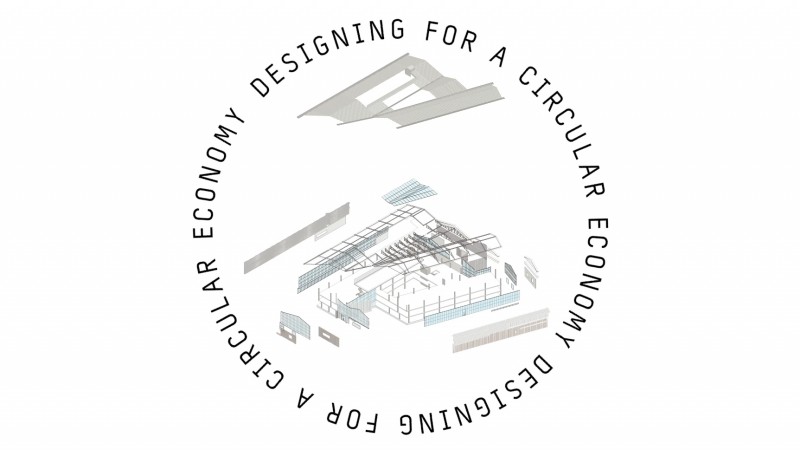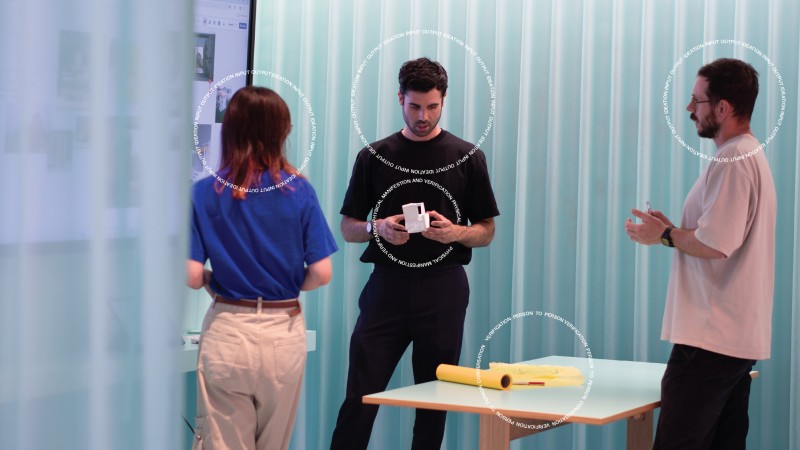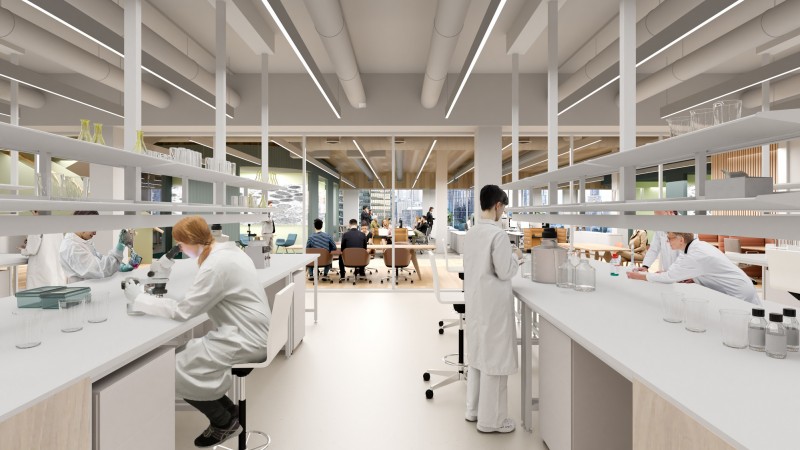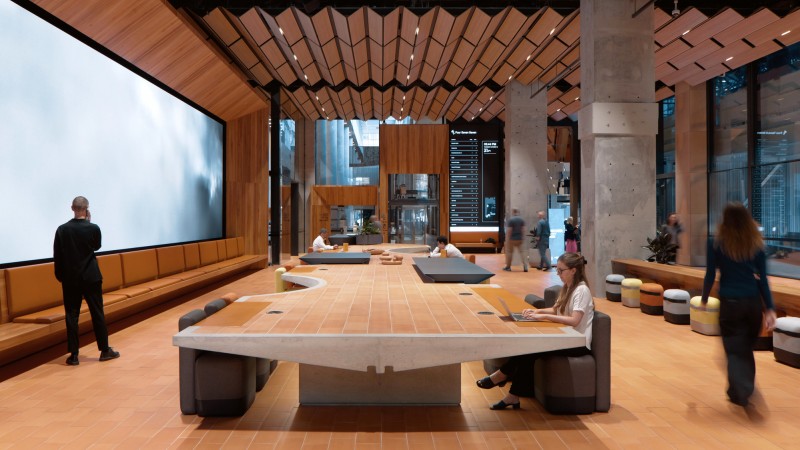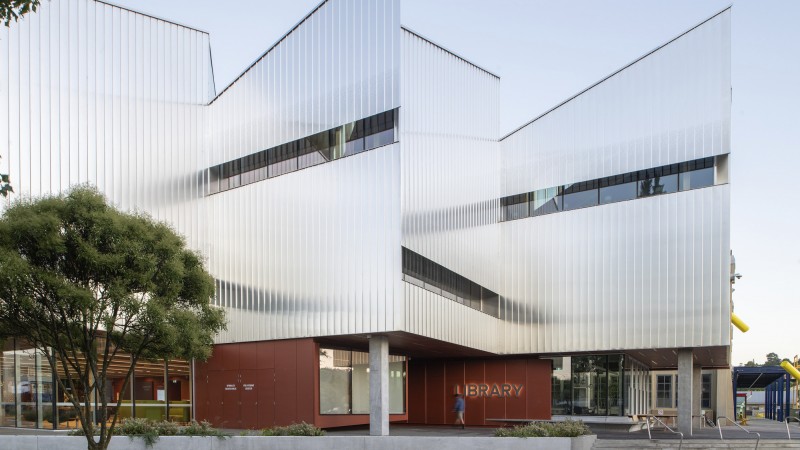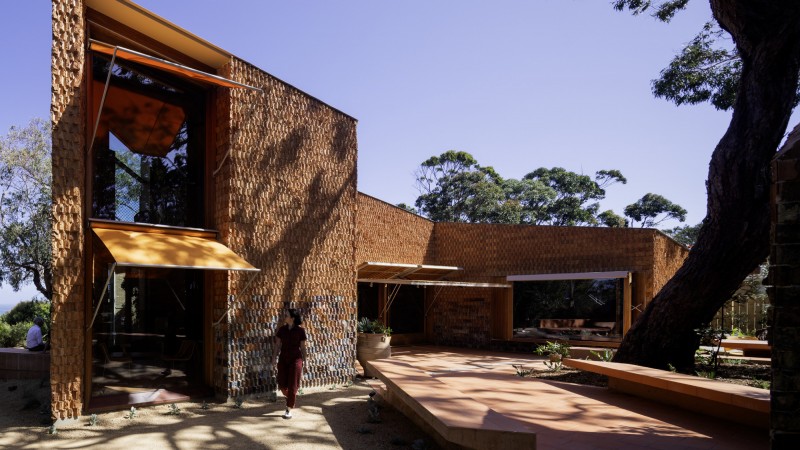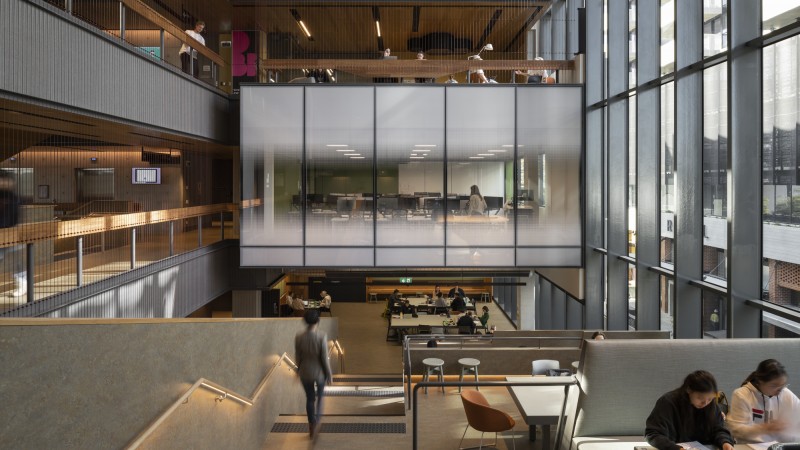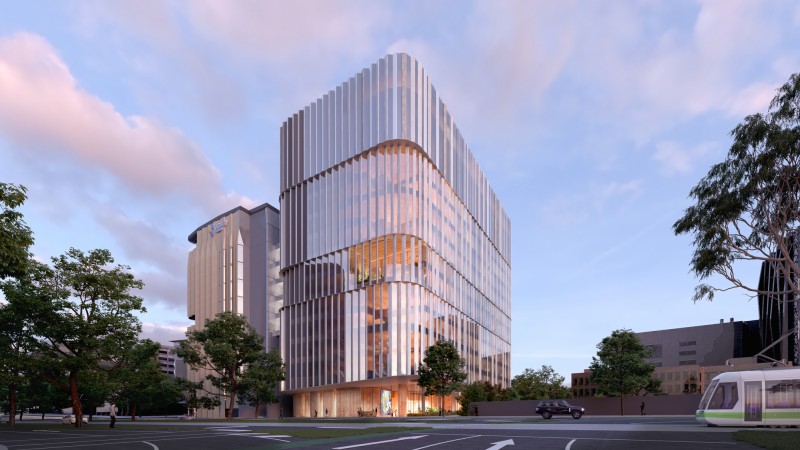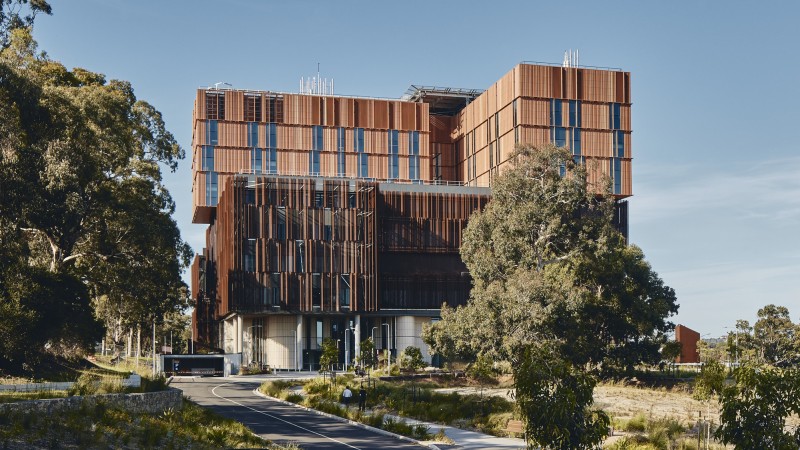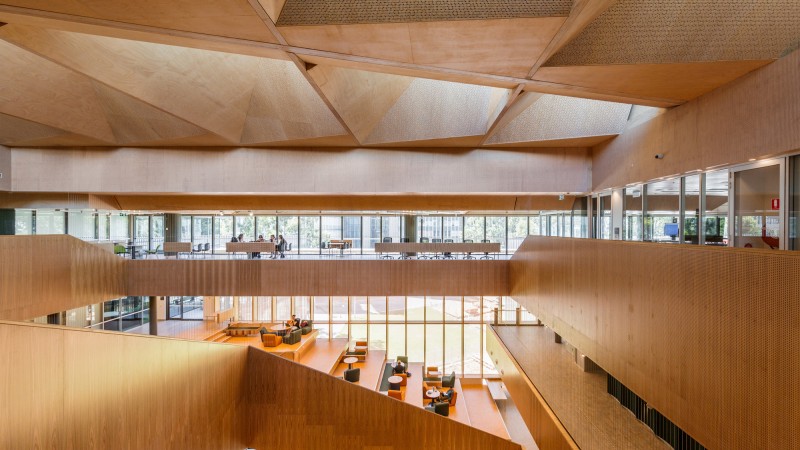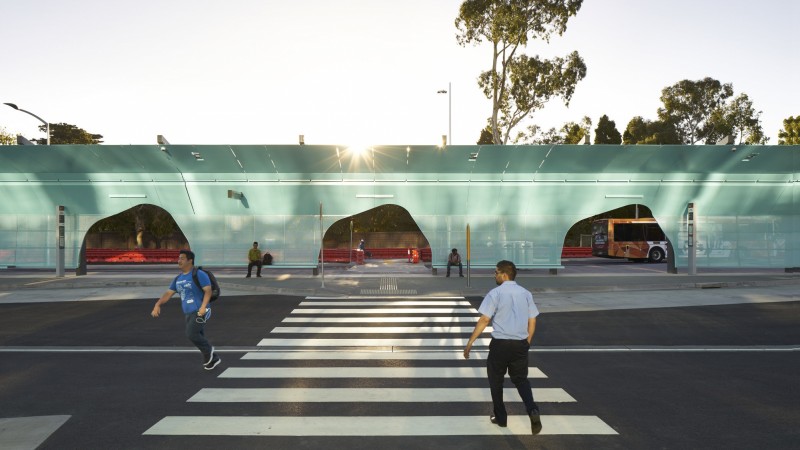One of our most exciting current projects, the Victorian Heart Hospital is a joint venture with Conrad Gargett. Currently in construction, VHH is scheduled for completion in November 2022.
A hospital is complex like a human body: with circulation (people movement), a spine (organisational structure) and an external skin (façade). It also benefits from a gravitational centre, a heart (as a gathering place). A hospital can be designed so that all these elements are working together sympathetically, in an organic and intuitive way, to provide a healing environment that is calming, legible and personable.
This was our starting point for the new Victorian Heart Hospital. Led by the Victorian Health Building Authority, project partners Monash Health and Monash University and delivered by John Holland, it will become Australia’s first dedicated heart hospital. As a standalone hospital located within Monash University’s Clayton campus, the project has a clear agenda – the overlap of learning, teaching and research with clinical activities to foster a remarkable degree of collaboration.
